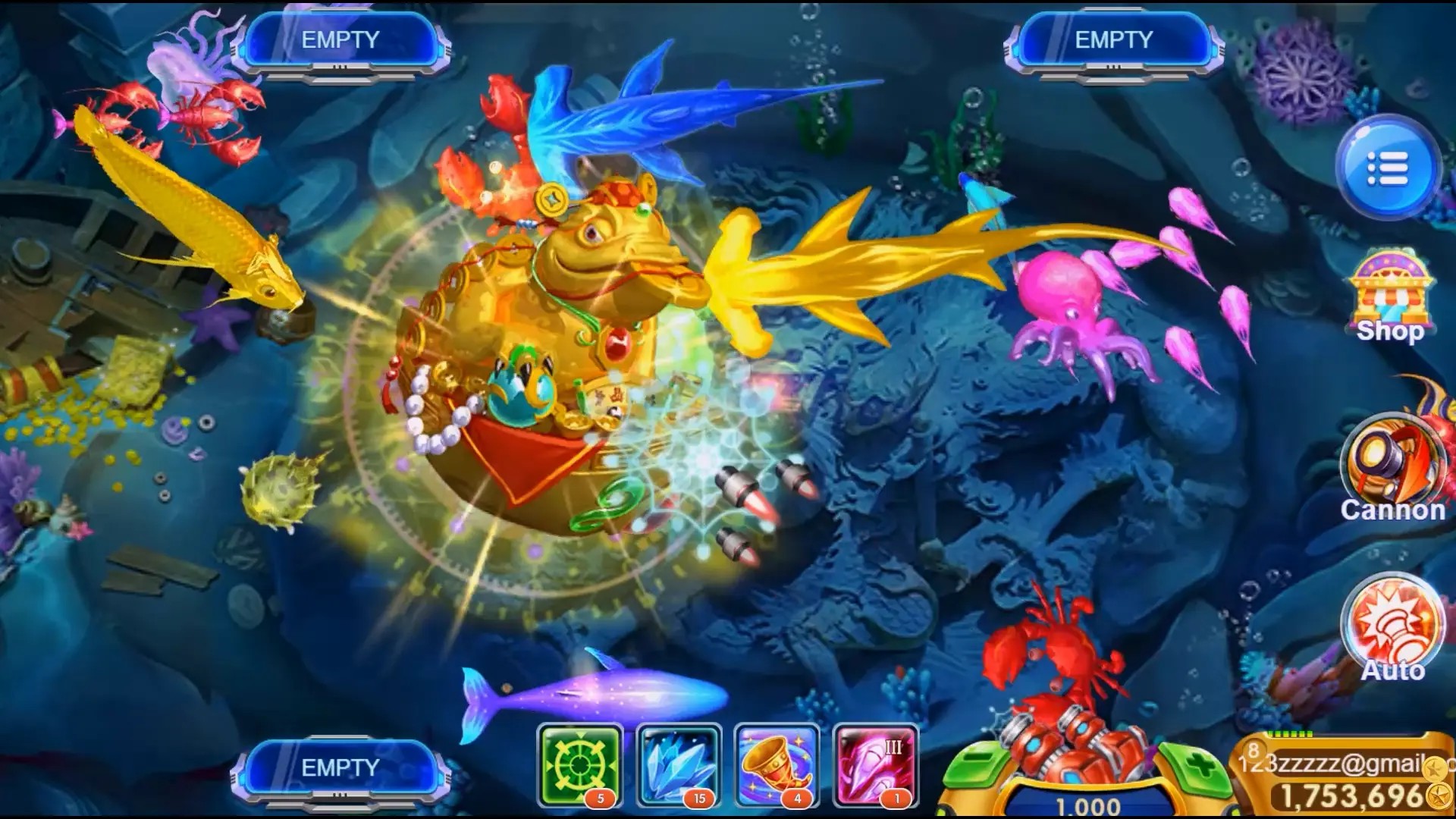Unlocking Learning: How Multiplayer Educational Games Enhance Student Engagement and Knowledge Retention
In the rapidly evolving landscape of education, multiplayer games have emerged as powerful tools that can dramatically enhance student engagement. These innovative approaches not only foster collaboration but also effectively boost knowledge retention through engaging gameplay. In this article, we’ll explore how educational games, especially those with compelling story modes like the best story mode games online, play a pivotal role in today’s classrooms.
The Appeal of Multiplayer Educational Games
What makes multiplayer educational games so appealing to students? The combination of competition, teamwork, and imaginative narratives captivates young learners. When students are immersed in a game like Sarada Training the Last War Game, they are more likely to retain information because they are actively participating rather than passively receiving knowledge.
- Interactivity: Unlike traditional learning methods, multiplayer games allow real-time participation.
- Collaboration: Students work together, promoting teamwork and communication skills.
- Motivation: The competitive nature of games drives students to engage more deeply with the material.
Key Benefits of Multiplayer Games in Education
Integrating multiplayer games into educational settings offers multiple advantages:
| Benefit | Description |
|---|---|
| Enhanced Engagement | Games capture attention and keep students focused on lessons. |
| Improved Retention | Learning through play increases memory retention compared to traditional methods. |
| Instant Feedback | Games provide immediate responses to students' actions, helping them learn quickly. |
| Adaptability | Games can be tailored to different learning styles and levels. |
Engaging Story Modes — A Game Changer
Among various multiplayer educational games, those with engaging story modes stand out. The narrative provides a context that makes the learning experience richer and more relatable. For example, games like Sarada Training the Last War Game can captivate students with their intricate plots while simultaneously reinforcing subject matter. This dual focus fosters critical thinking and creativity.
In fact, when students are invested in the storyline, they often exhibit enhanced emotional resonance with the content, leading to deeper understanding. Here’s why story modes are crucial:
- **Emotional Connection:** Story-driven gameplay builds a bond between the player and the material.
- **Contextual Learning:** Concepts are presented in a framework that makes them relevant to the students.
- **Critical Thinking:** Players must make decisions that impact the plot, encouraging analytical thought.
Conclusion
The incorporation of multiplayer games in educational environments is not only a trend but a necessity. Games like Sarada Training the Last War Game exemplify how immersive narratives can significantly boost student engagement and knowledge retention. By leveraging the collaborative and competitive nature of educational games, educators can create a dynamic and effective learning atmosphere. The journey of learning has been transformed into an adventure, one that promises to sustain students’ interest and drive educational success.



